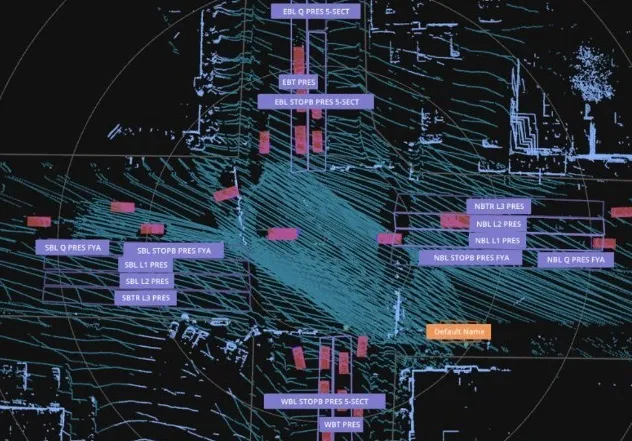The company says ThermiCam2 uses thermal energy emitted from road users – rather than light - to detect vehicles and vulnerable road users at night, over long distances and in harsh weather conditions.
According to Flir, the solution can be used to detect vehicles and bicycles approaching an intersection, detect wrong-way drivers, count and distinguish vehicles from bicycles and collect traffic data using thermal detection and Wi-Fi monitoring.
ThermiCam2 anonymously tracks how road users move with Wi-Fi and calculates travel and delay times at intersections as well as determining the origin and destination of traffic flow. This information is then analysed by Flir’s cloud-based solution to create insights on road network performance.
Flir updates ThermiCam2
Flir has upgraded its thermal traffic sensor and detector with traffic data collection features.
The company says ThermiCam2 uses thermal energy emitted from road users – rather than light - to detect vehicles and vulnerable road users at night, over long distances and in harsh weather conditions.
According to Flir, the solution can be used to detect vehicles and bicycles approaching an intersection, detect wrong-way drivers, count and distinguish vehicles from bicycles and collect traffic data using
February 21, 2019
Read time: 1 min









